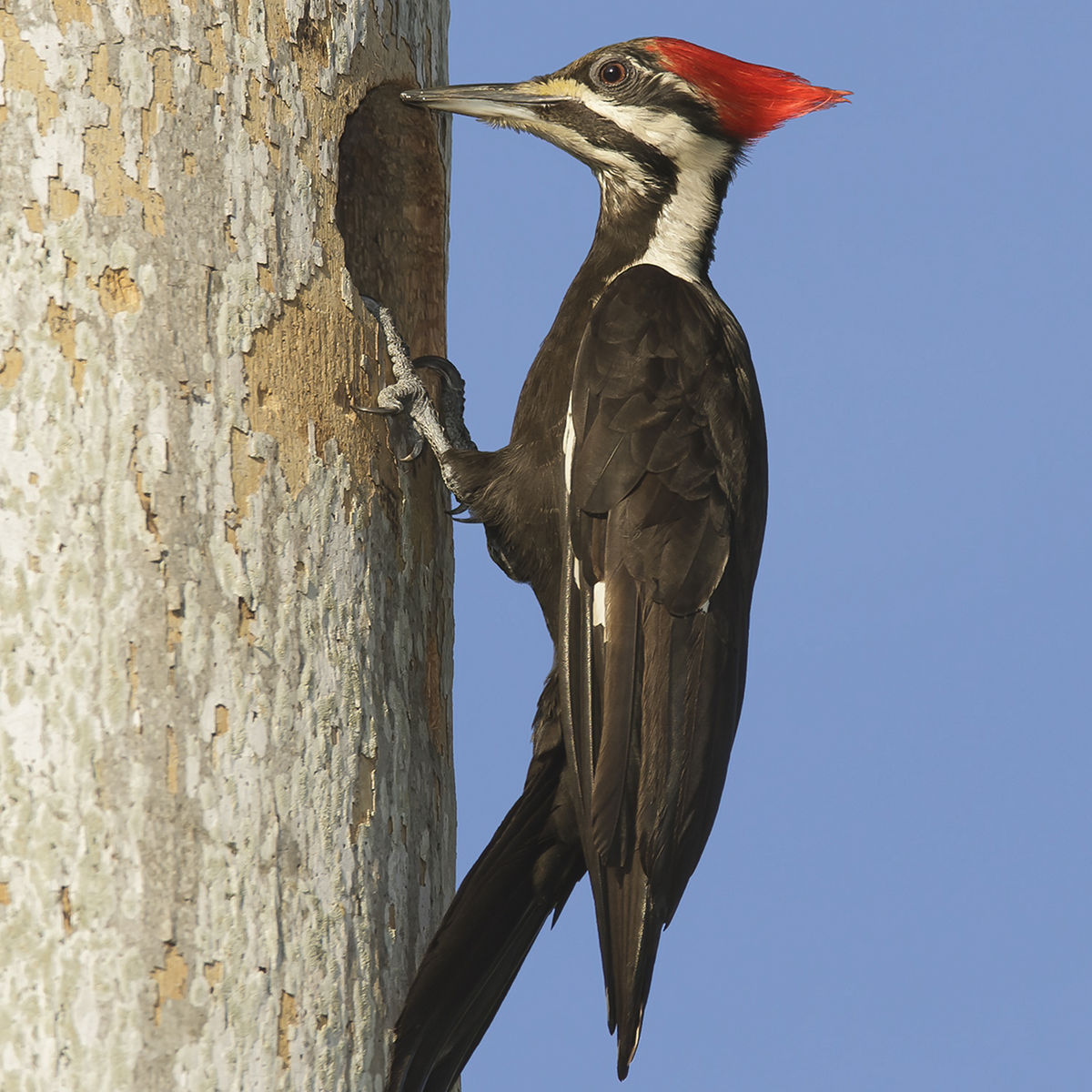Experiencing Woodpeckers in Florida: Variety Diversity and Identification
Introducing the Secrets of Woodpeckers: Habits, Environment, and Extra
Woodpeckers, with their unique behaviors and specialized adaptations, have long attracted scientists and nature enthusiasts alike. By revealing the enigmas bordering woodpeckers' actions and habitat selections, a deeper understanding of these bird wonders emerges, providing a glimpse right into their fascinating world.
Woodpecker Habits Insights
In taking a look at woodpecker behavior, a fascinating display screen of specialized skills and adjustments emerges, dropping light on their remarkable eco-friendly specific niche. Woodpeckers, recognized for their unique drumming on trees, have a selection of behavior traits that contribute to their survival and success in their atmosphere.
Moreover, woodpeckers show an one-of-a-kind feeding habits characterized by their capacity to remove pests from tree bark using their specialized beaks. Their lengthy, barbed tongues aid in recording victim, while their solid neck muscular tissues provide stability and accuracy during pecking activities. This feeding strategy enables woodpeckers to gain access to surprise insect larvae and remove them with remarkable effectiveness.
Environment Preferences and Choice
What factors affect the environment preferences and choice of woodpeckers? One critical element affecting woodpecker environment choice is the availability of ideal nesting sites. Woodpeckers usually choose woodlands with a mix of mature trees that offer enough chances for tooth cavity excavation.
Additionally, woodpeckers reveal a choice for environments with an abundant supply of food resources. They are largely insectivorous, feeding upon beetles, ants, larvae, and other pests discovered in rotting wood or tree bark. Woodpeckers often tend to favor wooded areas with a varied insect populace to fulfill their dietary demands.
Additionally, the visibility of dead or rotting trees is another vital consider woodpecker habitat selection. These trees not only supply food sources yet additionally supply appropriate substrate for cavity excavation. Dead trees are important for the upkeep of healthy woodpecker populaces, as they play a crucial duty in the woodpeckers' life cycle and ecological community dynamics.
Feeding Practices and Diet Regimen Composition
Woodpeckers show a specialized feeding actions focused on foraging for insects within different environments. In addition to pests, woodpeckers additionally take in tree sap, fruits, nuts, and seeds, adding selection to their diet depending on the season and availability of food sources.
The foraging techniques of woodpeckers are well-adapted to their arboreal lifestyle (Woodpeckers in Florida). Their ability to dig deep into wood not only gives them continue reading this with food yet additionally assists in producing nesting tooth cavities and developing territories. Woodpeckers play a vital role in keeping the health and wellness of forests by regulating insect populations and helping in the decomposition of timber. Comprehending their feeding practices and diet plan composition is crucial for preservation initiatives targeted at preserving these special and beneficial birds.
Drumming Sounds and Interaction
Utilizing quick drumming noises on numerous surfaces, woodpeckers utilize a distinct kind of communication to indicate region limits and draw in mates. This drumming behavior is not just a way of interaction but likewise works as a means for woodpeckers to establish their visibility within a specific area. The strength, speed, and pattern of the drumming can communicate vital details to other woodpeckers around.
Woodpeckers use drumming noises to introduce their visibility in a region and to warn off possible intruders. The loud and repetitive nature of the drumming offers as a clear signal to various other woodpeckers that the area is already asserted. This assists in minimizing problems and lessening physical battles between people.

Survival Adaptations and Specialized Makeup

Conclusion
To conclude, woodpeckers show one-of-a-kind behaviors, such as drumming audios for interaction, and have actually specialized anatomy for survival in their picked habitats. Their feeding routines and diet structure further demonstrate their flexibility to different environments. By understanding these elements of woodpeckers, researchers and preservationists can better protect and protect these remarkable birds and their communities.